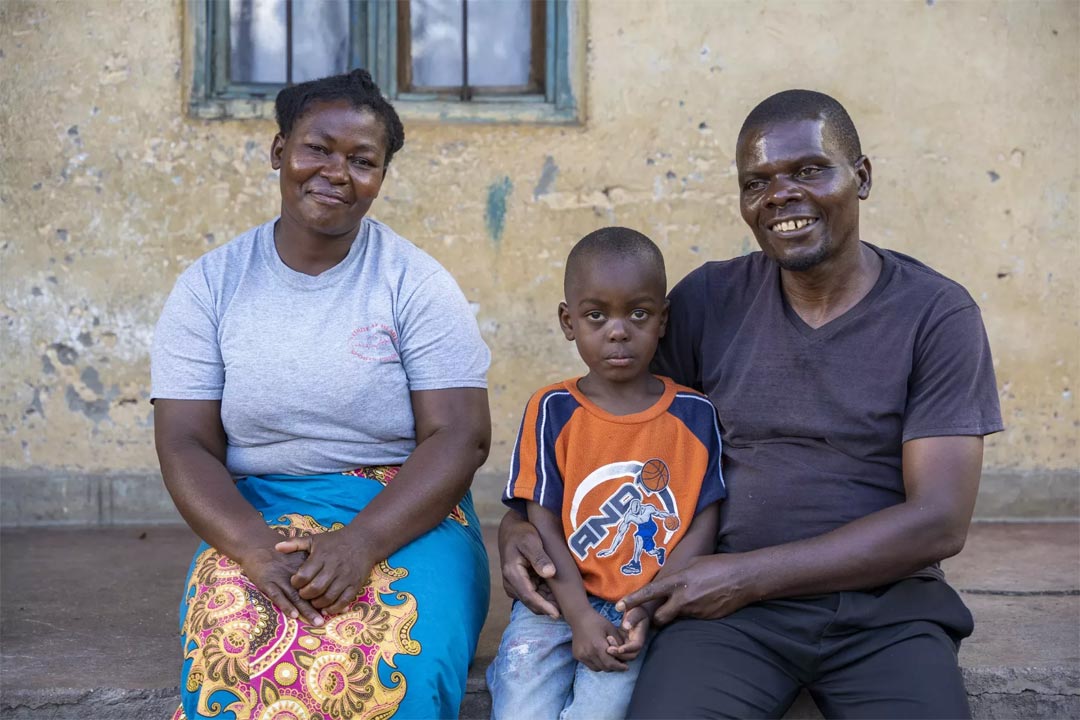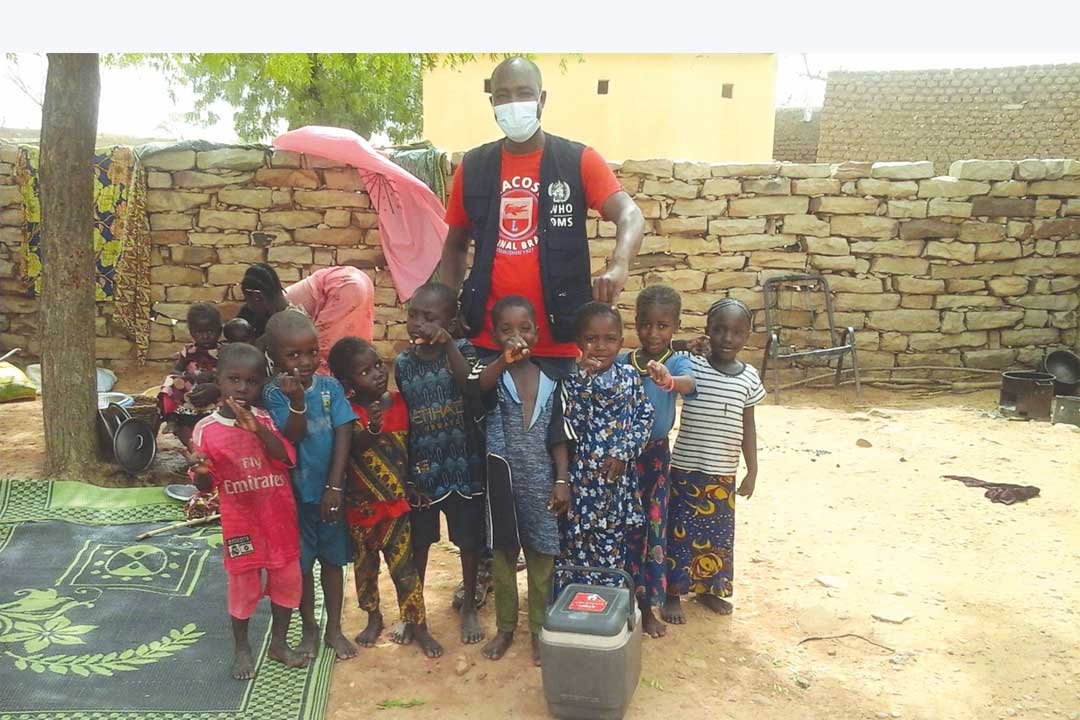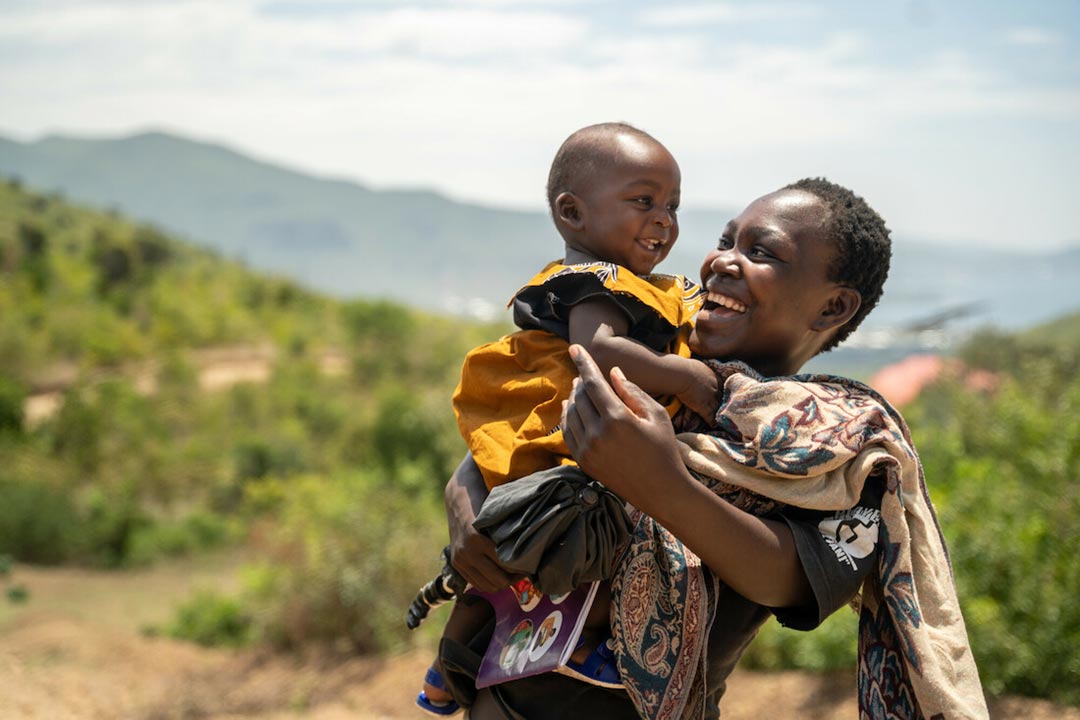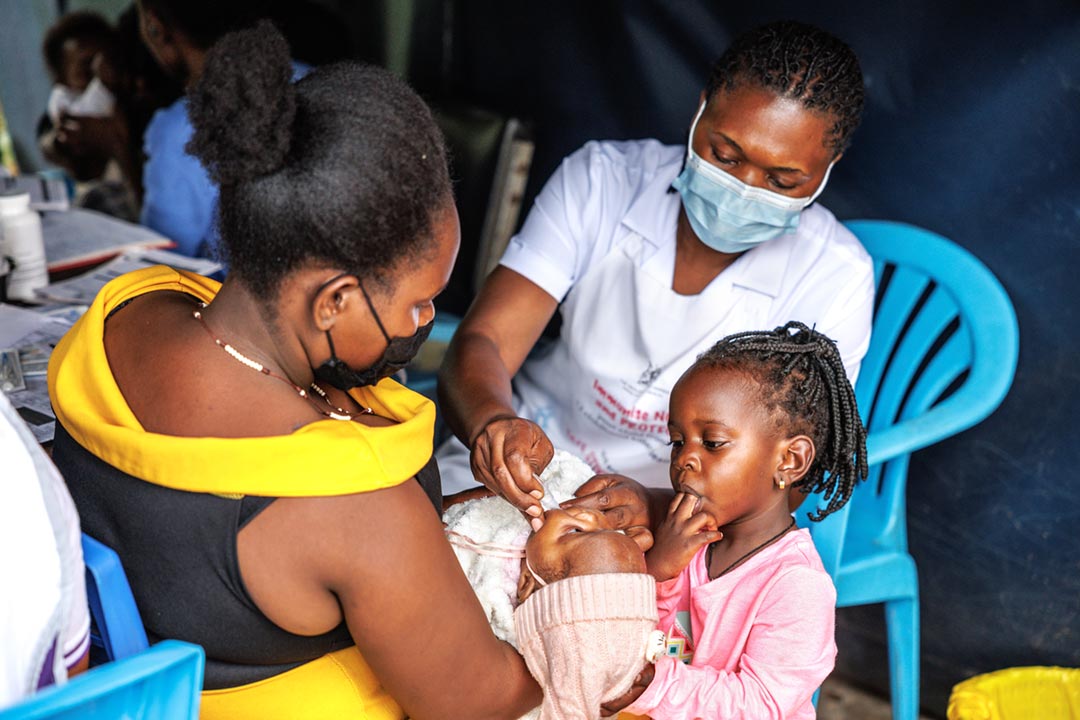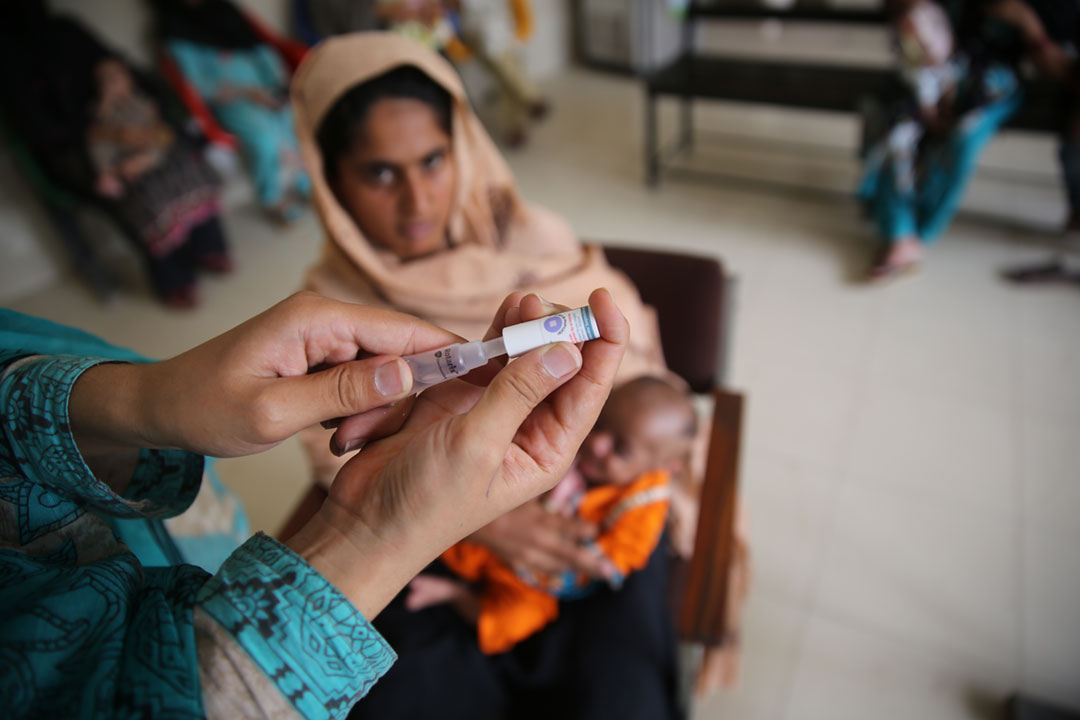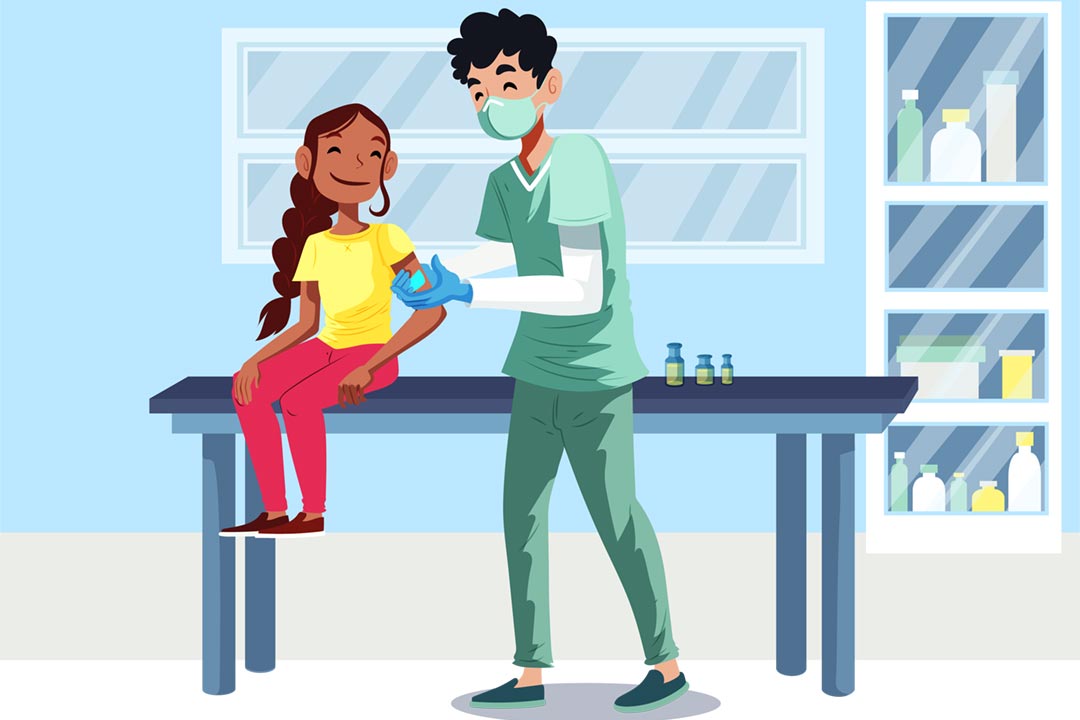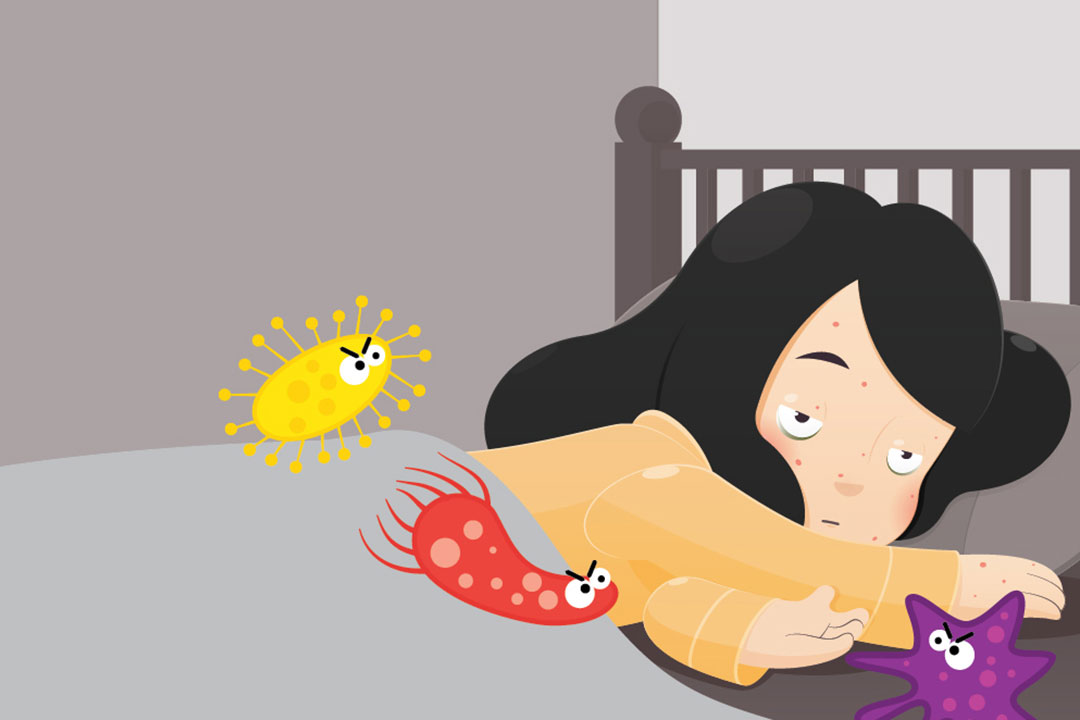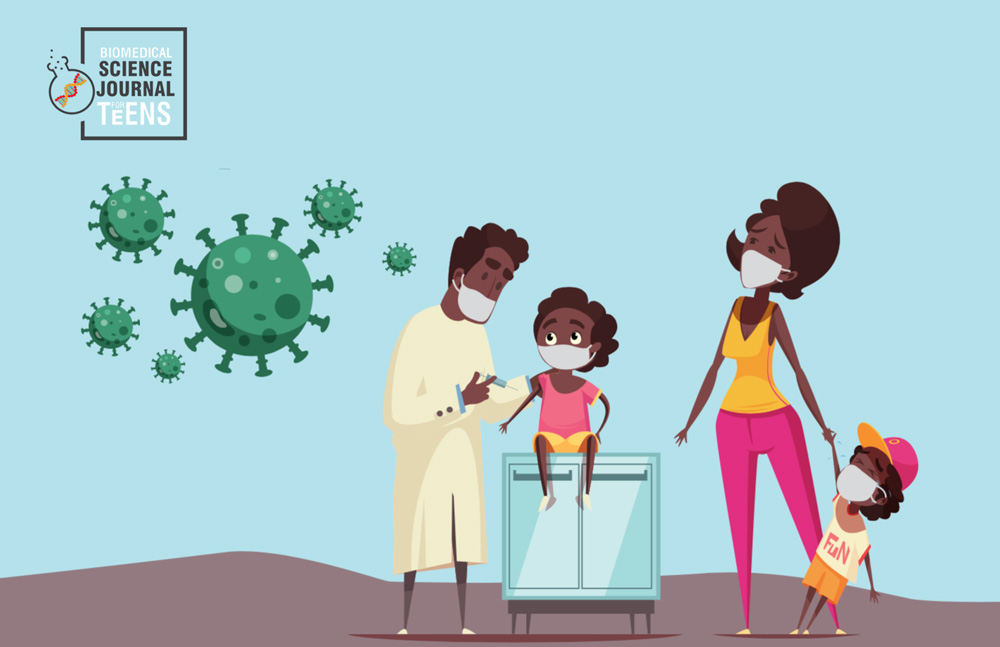How many lives do vaccines save?
Using mathematical models, we found that vaccination saved 37 million lives between 2000 and 2019! We project that it could save 32 million more by 2030.
- 27 March 2024
- 5 min read
- by Science Journal for Kids and Teens
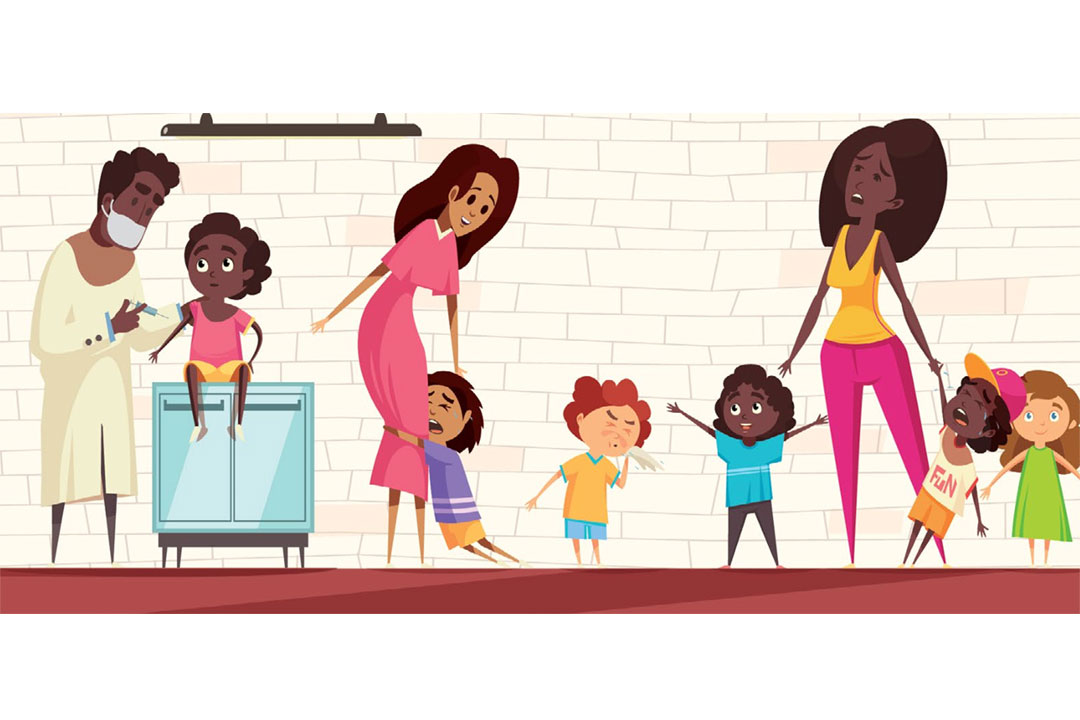
Introduction
Have you ever heard of smallpox? It’s a dangerous disease that once killed millions of children and left many others scarred for life. Thanks to the first vaccine ever developed, smallpox is now gone from our planet! Scientists have developed vaccines against many other infectious diseases, including COVID-19. As a result of routine vaccination programs for children, most of us are now protected from dangerous diseases, such as measles and rubella. Even better, when enough people in the population have immunity against a disease, the rest of the population is also protected. This is called herd immunity.
Organizations like the World Health Organization and Gavi (the Vaccine Alliance) support vaccination activities in countries around the world. With their support, during the last decades immunization in many countries has expanded. But how many lives have vaccination programs saved? Will they continue to save lives in the years to come? This is what we wanted to find out.
Methods
We wanted to estimate the impact of vaccination against these 10 diseases in 98 countries: hepatitis B, measles, rotavirus, yellow fever, rubella, two types of bacterial meningitis, Japanese encephalitis, the leading cause of pneumonia and human papillomavirus.
The period we focused on is 2000-2030. We created various mathematical models to help us figure out how many lives these vaccines saved. Our models considered:
- the demographic data from each country (how many children are born each year, how many people die and at what age, etc.)
- the vaccination coverage for each vaccine in each country: see Figure 1.
- the efficacy of each vaccine
- different scenarios for future vaccination coverage – i.e do more or fewer people receive vaccines and so on
We also had a “no-vaccination scenario”: what would happen if there was no vaccination at all. This let us estimate the impact of vaccination programs.

Results
For the past two decades (2000-2019), vaccines have reached a lot more children than in previous years. In the 98 countries we considered, this has led to 37 million lives saved! Out of these, 36 million were children younger than 5 years old.
In the next decade (2020-2030), we project that the vaccines will save 32 million more lives. 28 million of them will be children under the age of 5.
Our models also allow us to project the impact of vaccination on different age groups. For example, during the lifetime of children born in 2019, vaccination will prevent 72% of the deaths caused by the 10 diseases.
The vaccine against measles has the largest impact – in the period between 2000 and 2019 it has saved 33 million lives. We estimate it will save 23 million more lives by 2030. (See figure 2.)
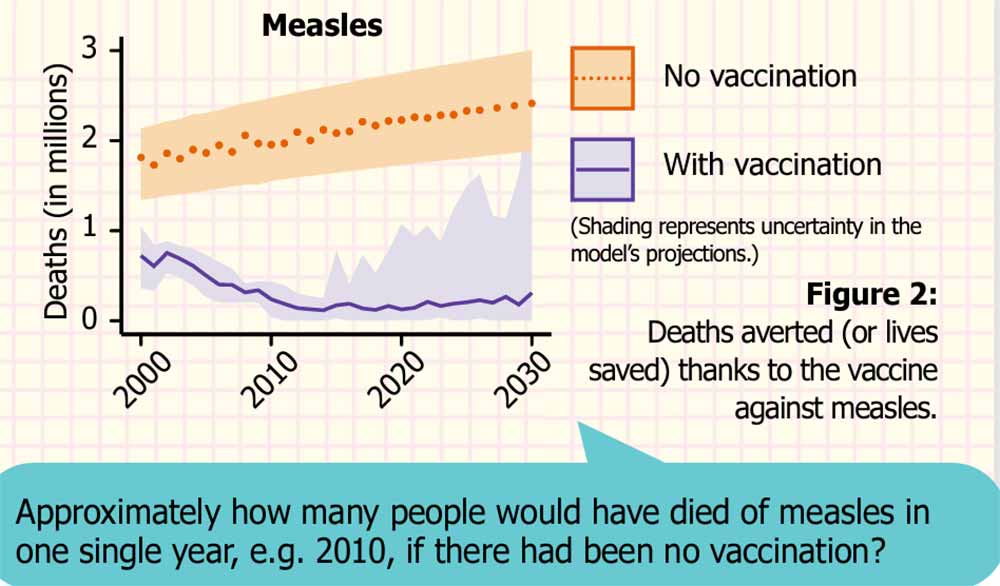
The vaccine against human papillomavirus (HPV) has great potential as well. HPV can cause cancer but it usually takes years and even decades to develop. Thus, we will only see the positive impact of vaccination against HPV in the future. However, the model projects it will be large.
Increased vaccination against the leading cause of pneumonia would save the most lives of children under 5.
Discussion
Our findings show that vaccines have saved and will continue to save millions of lives, especially children’s lives! This is why it’s important to sustain and even expand the current vaccination programs across the world. This is especially true for vaccination against HPV. This virus is the most common cause of cervical cancer, which usually kills women over the age of 50. The more children receive the HPV vaccine now, the more people will survive decades from now.
In addition, increased vaccination against the leading cause of pneumonia would greatly reduce children's deaths.
Have you read?
It’s important to say that the impacts of vaccination vary among the different countries. This is mainly due to different vaccination coverages. Protecting and increasing all these benefits depends on continuing vaccination. Countries need further funding for these programs. Additionally, governments should educate citizens and promote immunization programs so that people trust the vaccines are safe and efficient.
Conclusion
During the last few decades, we have also seen more people hesitating about vaccination. Their main concern is the safety of vaccines. But scientists all agree that vaccines are not only safe and effective but also vital to protect everyone. That’s why it’s really important to make sure you and everyone in your family gets all the required shots.
Glossary of key terms
Cervical cancer – a type of cancer that affects the female reproductive system
Hepatitis B, measles, rotavirus, yellow fever, rubella, two types of bacterial meningitis, Japanese encephalitis, the leading cause of pneumonia, and human papillomavirus – most of these diseases are deadly to children (with the exception of hepatitis B and human papillomavirus, which usually kill people later in life). For example, before routine vaccination against measles, it used to kill more than 2.5 million people – mostly children – every year.
Efficacy (of a vaccine) – a measure of how well the vaccine protects the person who gets it.
Herd immunity – As more and more people in a population are vaccinated, the chance that a disease can spread decreases, and everyone gets extra protection thanks to those who have been vaccinated. When enough people are vaccinated, the chance for that disease to spread gets so low that we say this population has herd immunity. Infectious disease – a disease that can pass from person to person.
Immunity or being immune – the ability of your body’s defense system (immune system) to fight off disease. We gain immunity either by being exposed to the disease or by vaccination.
Mathematical model – a computer program or algorithm that attempts to simulate a particular system and to project how the system would behave in the real world.
Infectious disease – a disease that can pass from person to person.
Vaccine – an injection of a killed or weakened pathogen (or even just a piece of the pathogen’s genetic code), in order to stimulate the immune system against it(a pathogen is something that makes you sick). This means that the immune system can recognize those pathogens if they ever come back, and destroy or disable them, preventing disease.
Written by
Vaccine Impact Modelling Consortium
Associate Editor: Elitsa Panayotova
Website
This article was originally published by Science Journal For Kids and Teens in January 2021.
More from Science Journal for Kids and Teens
Recommended for you
